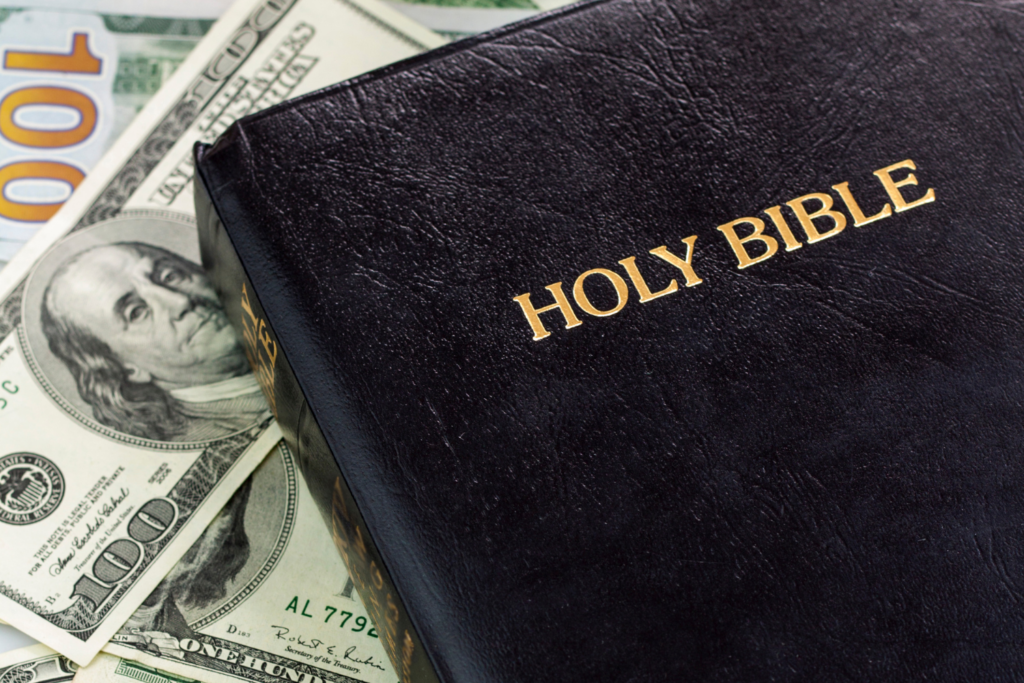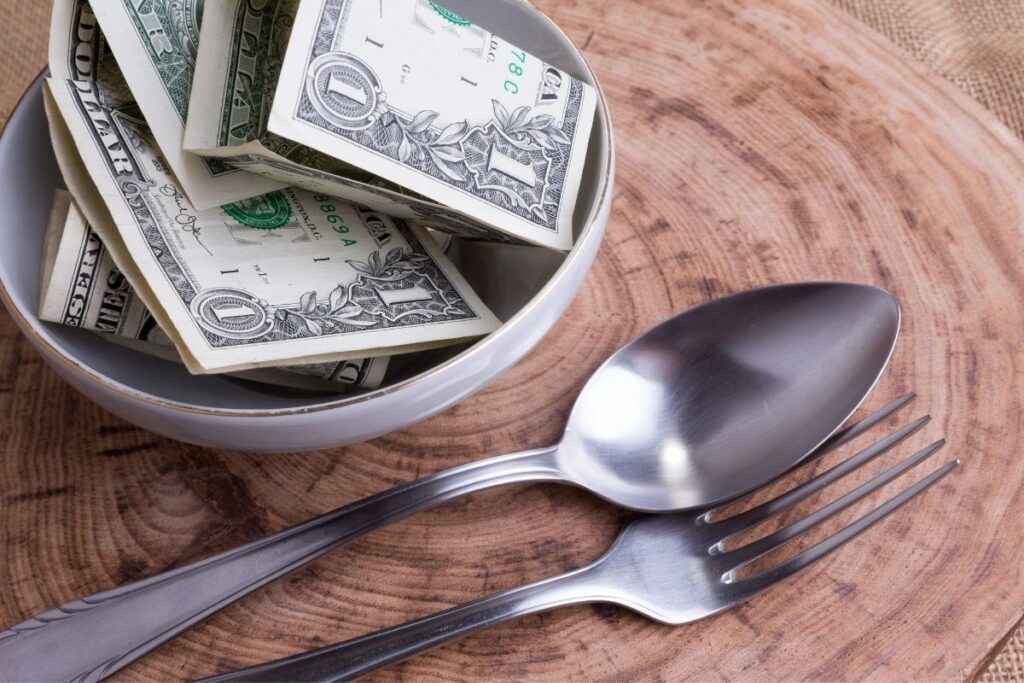
When it comes to secure forms of payment, cashier’s checks and money orders are popular options. They both serve as guaranteed forms of payment, but they differ in several ways. Here’s a breakdown of what each is, where you can get them, why you might need them, and the pros and cons of each.
Contents
What Is a Cashier’s Check?
A cashier’s check is a check that is issued by a bank or credit union, where the institution guarantees the payment. When you request a cashier’s check, the money is taken from your account immediately and held by the bank. The bank then issues the check from its own funds, making it a more secure option for large transactions.
Where to Get a Cashier’s Check:
- Bank or credit union where you hold an account
- Some online banks allow you to order them online or by mail
Why Get a Cashier’s Check? Cashier’s checks are ideal for large payments where you need guaranteed funds, such as for buying a car, making a down payment on a house, or completing a large business transaction. Because the bank guarantees the funds, the recipient has confidence that the check will not bounce.
Pros of Cashier’s Checks:
- Guaranteed by the bank: The bank is responsible for the funds, ensuring a high level of trust.
- Accepted for large transactions: Commonly used in real estate and high-value purchases.
- Secure: Harder to counterfeit than personal checks.
- Funds availability: Often available to the recipient the next day.
Cons of Cashier’s Checks:
- Fees: Typically cost more than money orders, ranging from $10 to $20 or more depending on the bank.
- Requires a bank visit: Unless your bank offers them online, you’ll need to go in person to request one.
- Limits on amount: Some banks may limit the maximum amount of a cashier’s check depending on the account type.
What Is a Money Order?
A money order is a prepaid payment instrument that functions similarly to a check, but without the need for a personal bank account. You pay for the money order upfront, and the issuer guarantees the funds. Money orders are typically used for smaller transactions and are available at a variety of locations beyond banks.
Where to Get a Money Order:
- Post offices
- Convenience stores and supermarkets
- Banks and credit unions
- Retailers like Walmart
- Money transfer services (e.g., Western Union, MoneyGram)
Why Get a Money Order? Money orders are useful for small transactions where you need a secure form of payment but don’t want to use cash or checks. For instance, they’re often used to pay rent, utility bills, or to send money internationally.
Pros of Money Orders:
- Widely available: You can purchase them at many locations beyond banks.
- Low cost: Money orders usually cost between $1 and $5.
- No bank account needed: You don’t need a bank account to purchase or cash a money order.
- Safe alternative to cash: Provides a traceable, secure way to send money without carrying large amounts of cash.
Cons of Money Orders:
- Lower limits: Most money orders have a maximum value of $1,000, making them less useful for large transactions.
- Potential for fraud: Money orders can be forged, and verifying authenticity can be difficult.
- Funds availability delay: Funds may not be immediately available when deposited, depending on the institution’s policies.
- Inconvenient for large amounts: You might need multiple money orders for large payments, which can be cumbersome.
Key Differences Between Cashier’s Checks and Money Orders
| Feature | Cashier’s Check | Money Order |
|---|---|---|
| Issued By | Banks and credit unions | Banks, post offices, retailers, convenience stores |
| Guaranteed By | Bank or credit union | Issuing institution (post office, retailer, etc.) |
| Cost | $10–$20 or more | $1–$5 |
| Maximum Amount | No set limit (depends on bank) | Typically $1,000 |
| Use Case | Large transactions (real estate, cars) | Small transactions (rent, bills) |
| Availability | Must go to the bank (or order online) | Available at many locations |
| Security | More secure, harder to forge | Can be subject to fraud |
Which Should You Use?
- Cashier’s Checks: Best for large, high-value transactions where a guarantee is required, such as real estate purchases or large business deals.
- Money Orders: Best for smaller payments, such as rent or sending money to friends or family. They are affordable, accessible, and don’t require a bank account.
Ultimately, the decision between a cashier’s check and a money order depends on the amount of money being transferred, the level of security needed, and the ease of access for the buyer. Both options provide a safe way to transfer funds, but understanding the pros and cons can help you make the right choice for your needs.




